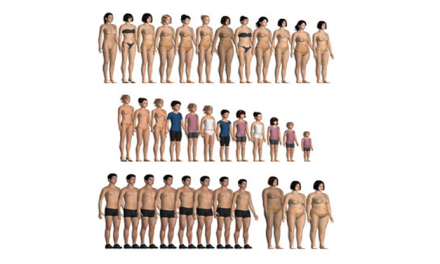
Studio Next started off in 2003 with a small investment and big hopes of making a difference to the textile and garment industry. All they had was some understanding of the needs of the industry and some solutions that looked promising. The idea was to create a USP through products that not only offered state-of-the-art solutions, but also were user-friendly, and came at most reasonable prices. Studio Next has always believed that technology must be easy to use, must help boost efficiency and productivity, and must not cost a fortune. Today, the company is counted among the leading suppliers of CAD/ CAM solutions and services in India.
The company recently unveiled the prototype of its new manual fabric spreader at the Garment Technology Expo held in Ahmedabad. The manual spreader can deliver various benefits from doubling up the efficiency and reducing manpower at a very nominal price. It’s been many years the company has been into offering CAD/CAM solutions from Chinese manufacturers, but now with this spreader it has entered into manufacturing segment also. “We had been a technology company doing automation of cutting room at a level of around Rs. 70 lakh to Rs. 1 cr. Then we found that there was huge scope for mid and small size garment companies, which are booming up and also need some kind of technology solutions in manufacturing. Since we had the technical knowhow of what exactly the industry needs, so that pushed us to get into making a product which is very affordable and can be placed with a company having turnover of Rs. 1 cr to Rs. 25 cr, which cannot afford very high cost technology at the moment. But to increase their efficiency I wanted to give a basic technology, which has level of efficiency and manpower optimisation,” says Vishal Sher, MD, Studio Next while speaking exclusively to Apparel Views.
“Ten years down the line I tried making the same stuff but I miserably failed because my back-end support was not strong in terms of the industry. We didn’t have the proper facilities but now our suppliers are using latest machines for making the products, which we required to make machines, which initially cost very high. Now these are easily available in Indian market,” said Vishal.
The spreader comes in two versions; Firstly, the manual one, which is a basic model but it will have all chain drives, basically the feeding device through chain drive system. Secondly, the company is coming up with the motorized version, which will also have certain sensors to measure the distance. This is going to be launched next as the prototype is already ready. Presently, it is under R&D and testing, and once completed the same will be launched for our customers. Next is going to be semi-automatic ones, which will have automatic drive systems using the servo motors along with the sensors.
Commenting on the price part Vishal says, “If you are going to take automatic version it will cost around Rs. 25 lakhs. But for the manual spreader we have kept it around one-and-half-lakh rupees for first 30 units. Then of course 2 lakh rupees depending on the upgrades you go for, but we want to keep it very affordable. When imported from China, the manual machine will cost twoand- a-half times of the price, plus you have to pay a lot of duties, clearing and forwarding charges. We have displayed it for the first time at GTE Ahmedabad exhibition, and have already received 8 orders.”
“After seeing the performance here, a lot of customers have appreciated the prototype. But we are going to modify its design further along with other improvements. Their encouragement inspires me to invest more on the R & D of this project. We have invested in place, manpower and done modernization in our assembling line. Besides, we are working on a lot of value added products and also talking to some major companies worldwide to collaborate for technology transfer,” said Vishal.
“Today, China is becoming so expensive in terms of manpower, all other rates going up and currency is depreciating against dollar. So, looking at all these prospects, manufacturing in India will be a good idea. Moreover, with govt. giving lots of incentives and encouragement, we are also going ahead with the Make in India concept. So, there are a lot of plans in pipeline,” said Vishal. “Last year we missed our targets marginally, however this year in first quarter itself we have exceeded our expectations. We have normally grown at a rate of 20-30 per cent Y-O-Y & intent to maintain the same pace of growth this year. As far as this new machine sales target is concerned, this year we are convinced to sell around 200 pieces.”



















